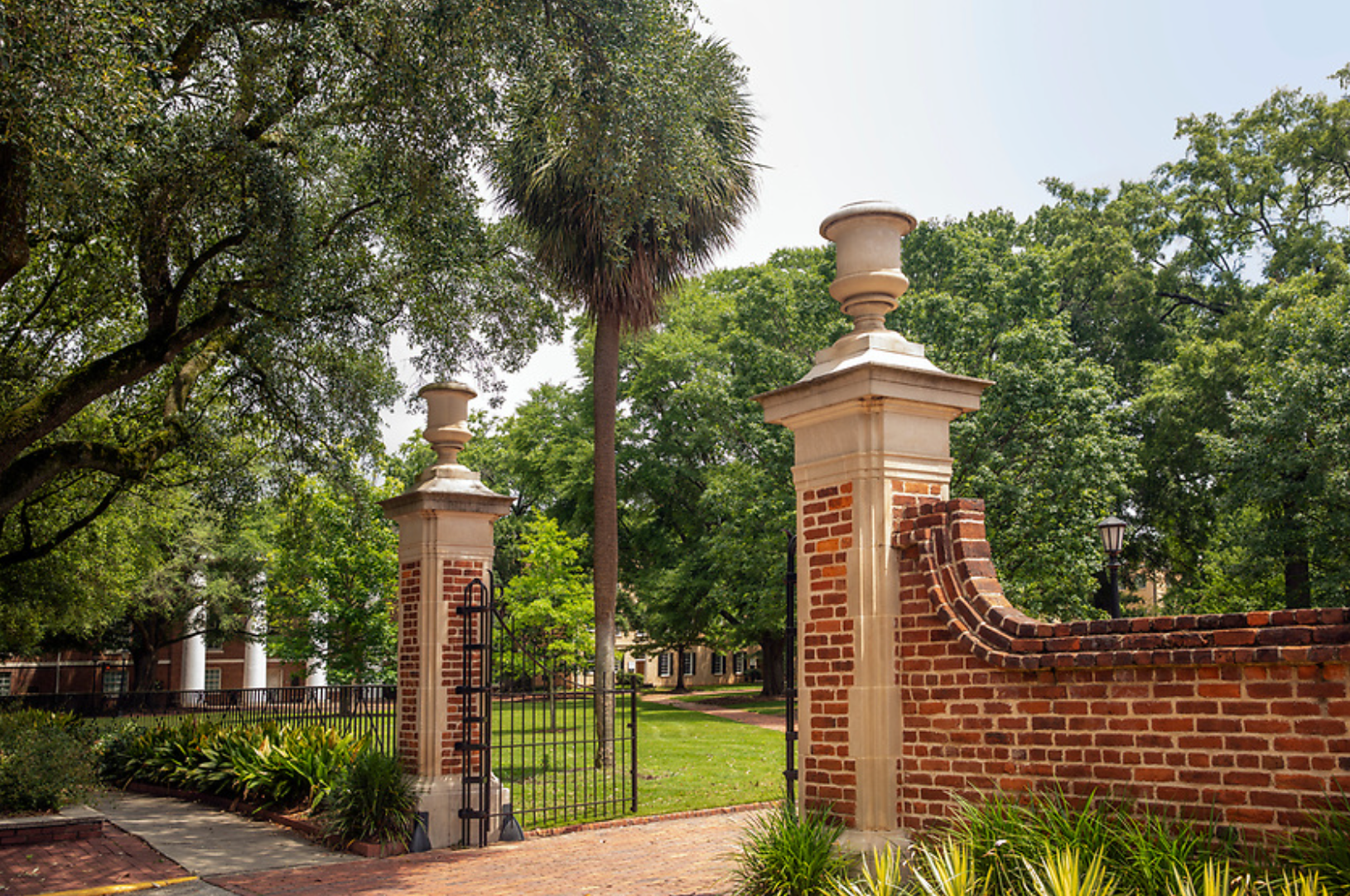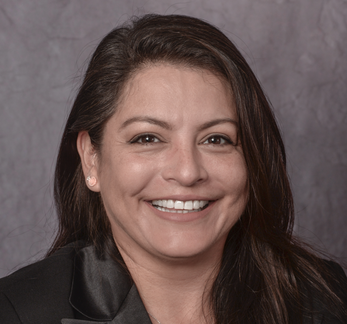
Paula A Vasquez
Associate Professor
Department of Mathematics
Office: LeConte 350
Phone: (803) 777-2632
Email: paula@math.sc.edu
Research Interests
- Applied and computational mathematics
- Multiscale modeling and simulation of viscoelastic fluid flows
- Viscoelastic and diffusive transport processes in complex biological fluids
- Computational and mathematical biology

Research
GitHub Repository